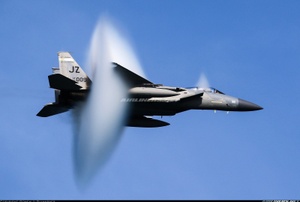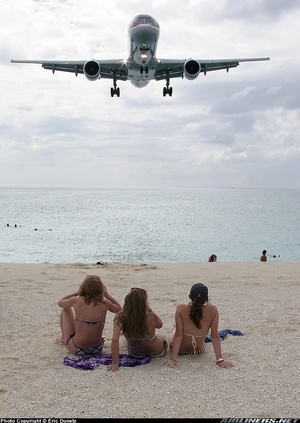Victa Aircruiser
Details
Country of Origin
Australia
Type
Four seat light aircraft
History
The Victa Aircruiser was designed by Dr Henry Millicer, who had earlier designed the two seat Victa Airtourer (described separately), the most popular light aircraft designed and built in Australia. With Airtourer production in full swing in the early 1960s Victa commissioned Dr Millicer to develop a four seat light aircraft based on the Airtourer. This resulted in the Aircruiser 210CS, which flew for the first time on July 17 1966. The Aircruiser was later awarded full Australian certification equivalent to US FAR Part 23 standards.
The Aircruiser showed considerable promise and looked a worthy competitor to American four seaters, however Victa withdrew from light aircraft production in January 1967 due to the Airtourer's inability to compete on price against alleged dumped imports to Australia, and the design and production rights to the Airtourer and Aircruiser were sold to AESL of New Zealand in 1970. AESL continued to build the Airtourer and used the Aircruiser as the basis for its CT-4 Airtrainer (described separately) but did not put the Aircruiser into production.
In 1994 Tony Peters, a flying school proprietor in Mount Gambier in South Australia, commissioned a market study into two and four seat light aircraft demand in Australia which found there existed a significant market for new aircraft. A syndicate was formed to purchase the Aircruiser design and type certificate, with Millicer Aircraft Industries established to place an upgraded development of the Aircruiser into production as the M-9-200 Shrike. The Shrike name was dropped in 1998 in favour of AirCruiser (with an upper case "C").
Originally plans envisaged the first M-9-200 being delivered in mid 1997 but minor delays and the decision to acquire the Airtourer design and place it into production as a priority meant that the first M-9-200 - the rebuilt Aircruiser prototype - was not due to fly until September 1999 with first customer deliveries planned for 2000. AirCruisers and AirTourers would be built in a new, purpose designed factory in Sale in Victoria.
Compared with the original Victa Aircruiser, the M-9-200 AirCruiser would have featured a fuel injected IO-360 engine, standard GPS, new wheels, brakes and controls. A retractable undercarriage variant was also planned.
However, in late 2000 Millicer ceased trading due to financial difficulties, before the M-9-200 had been flown. So, to the present day, only one Aircruiser was built.
Powerplants
One 155kW (210hp) Rolls-Royce/Continental IO-360D six cylinder horizontally-opposed air-cooled piston engine driving a metal two blade constant speed Hartzell propeller.
Performance
Cruising speed at 75% power 267km/h (145kt). Max initial rate of climb 1000ft/min. Range 1292km (697nm).
Weights
Approx operating empty 680kg (1500lb), max certificated takeoff 1145kg (2520lb).
Dimensions
Wing span 7.92m (26ft 0in), length 7.06m (23ft 2in), height 2.59m (8ft 6in). Wing area 12.0m2 (129.0sq ft).
Capacity
Typical seating for four.
Production
One prototype only.
Related Links
Victa Aircruiser
The backbone of this section is from the The
International Directory of Civil Aircraft by Gerard Frawley
and used with permission. To get your own copy of the book
click here.

















